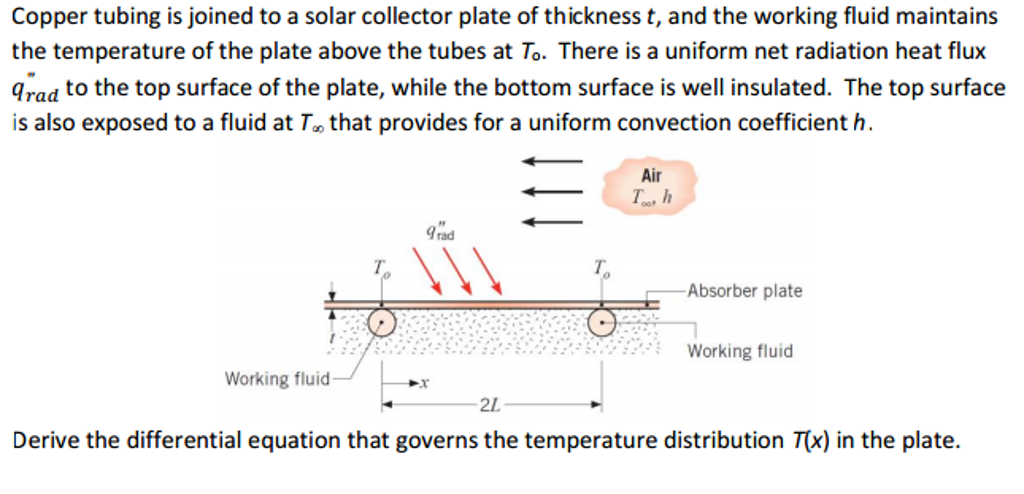

Just imagine the radiator already mentioned. In practice, the heat flow of a cylindrical tube is also often of interest rather than the temperature profiles that result. &\dot Q = – \lambda \cdot A \cdot \frac Length-specific heat flow through a cylindrical pipe Figure: Hot liquid in a hollow sphereĪccording to Fourier’s law, the rate of heat flow Q* through a surface area A depends on the temperature gradient dT/dr: Since nuclear fuel consist of fuel rods, the heat flux is there defined in units of W/cm (local linear heat flux) or kW/rod (power per fuel rod). In nuclear reactors, limitations of the local heat flux is of the highest importance for reactor safety. Note that heat flux may vary with time as well as position on a surface. The unit of heat flux in English units is Btu/hft 2. This is the case with some special containers that store hot water in a spherical tank. The average heat flux is expressed as: where A is the heat transfer area. In rare cases, the geometry can also have the shape of a hollow sphere. Figure: Cylindrical heating pipes of a radiator Figure: Hot liquid in a cylindrical pipe The heating pipes of some radiators have such a cylindrical shape. Heat flows through hollow cylinders are generally found in pipelines. Figure: Heat flow through a building wall Figure: Hot liquid in a vessel with plane walls An example is the heat flow through a building wall or through the vessel wall of a container of hot water. Heat flow through a flat wall is probably the most common case. As an example, the following calculation will show the temperature curve for heat conduction through a plane vessel wall, through a cylindrical pipe and a hollow sphere. These heat flows, in turn, cause different temperature profiles inside the considered material depending on its geometry. Temperature differences cause heat flows.

3 Calculation of the heat flows based on the temperatures.Three-dimensional double ellipsoid models with aerospike or opposing jet are investigated. 2.3 Temperature profile within a hollow sphere A numerical study on a reduction of aerodynamic heating and pressure by an active or passive control strategy has been conducted.Berenson (1961) recommended C 0.09 by fitting the experimental data for pool boiling so that eq. 2.2 Temperature profile inside a cylindrical pipe The minimum heat flux can be obtained by substituting eqs.2.1 Temperature profile inside a plane wall.


 0 kommentar(er)
0 kommentar(er)
